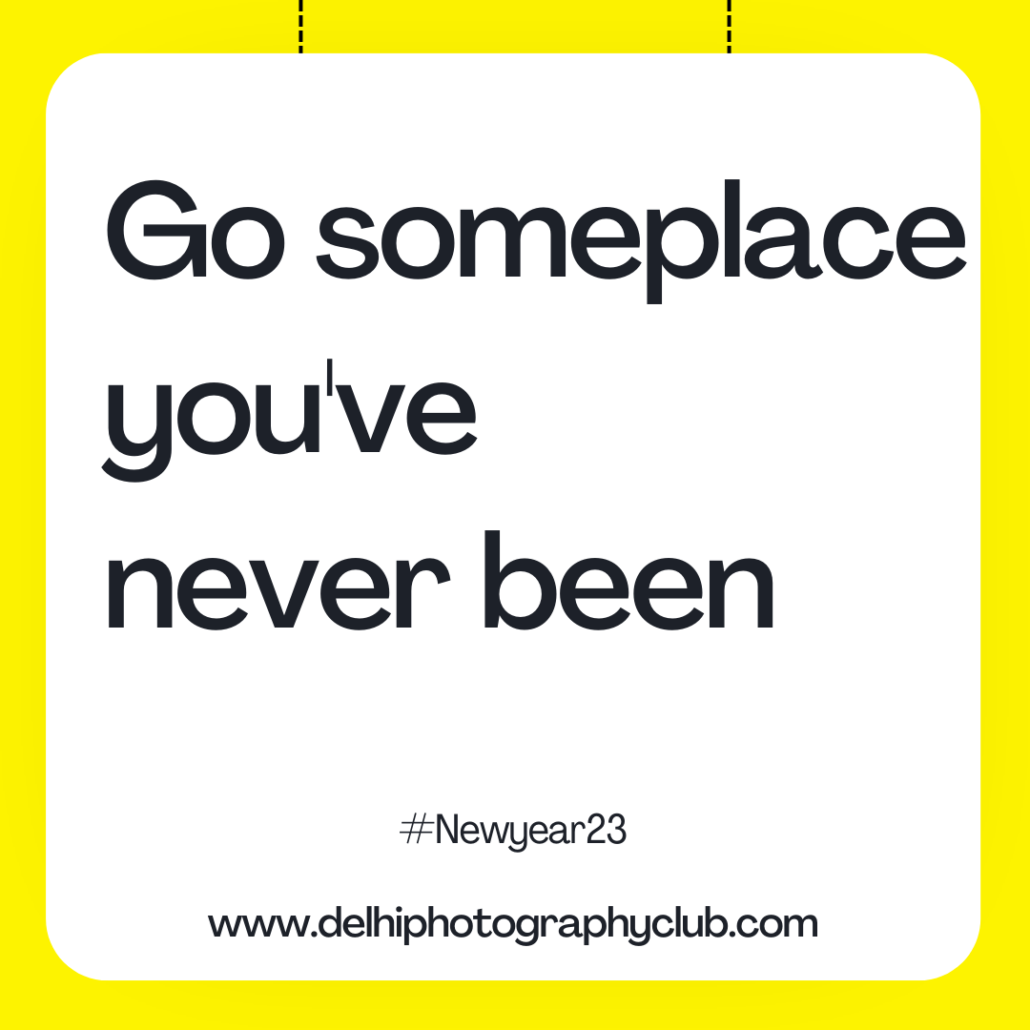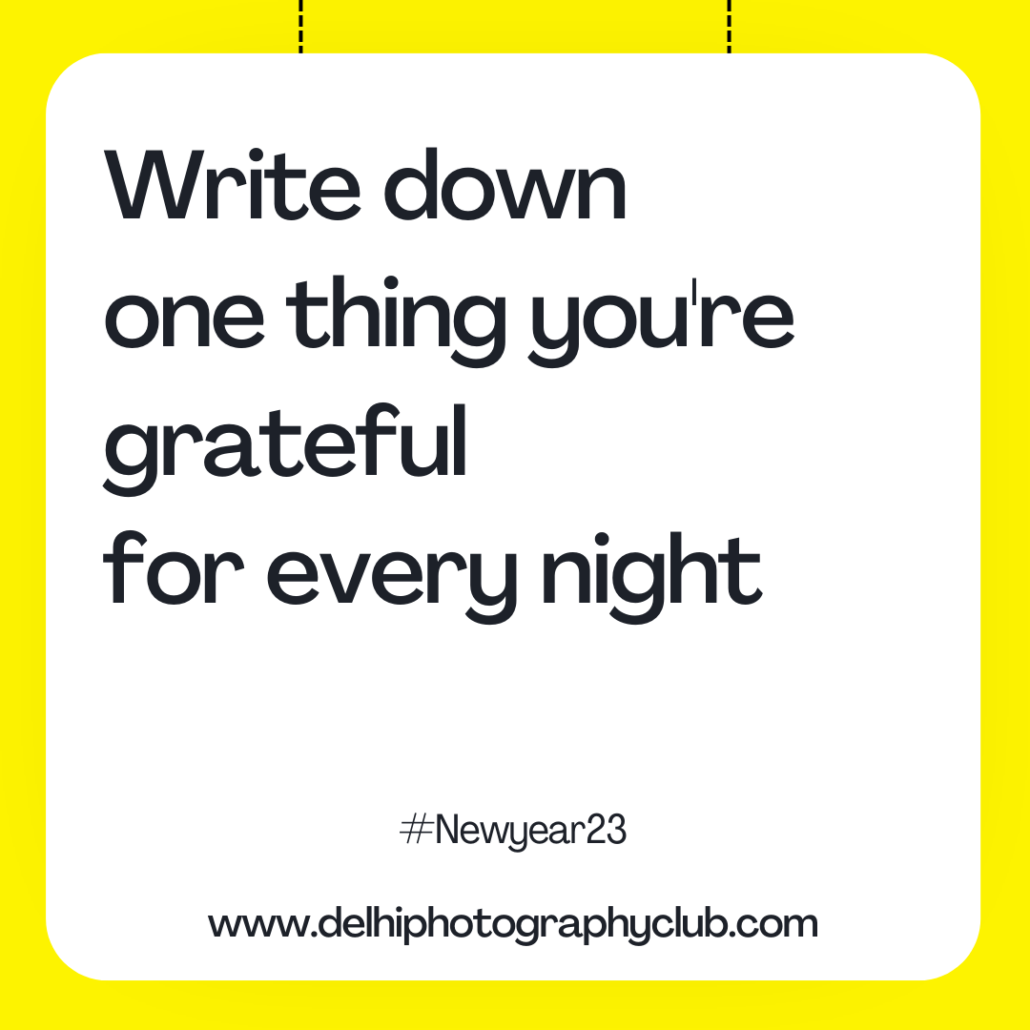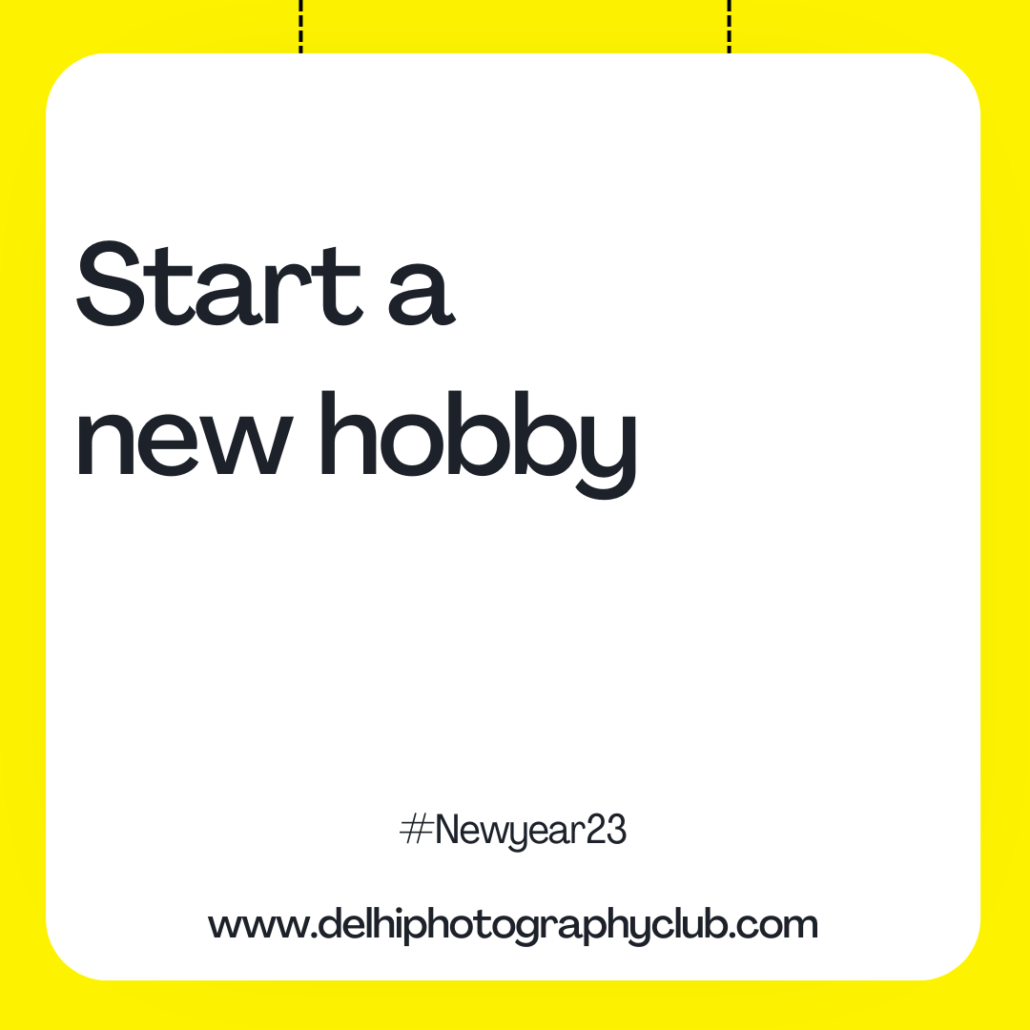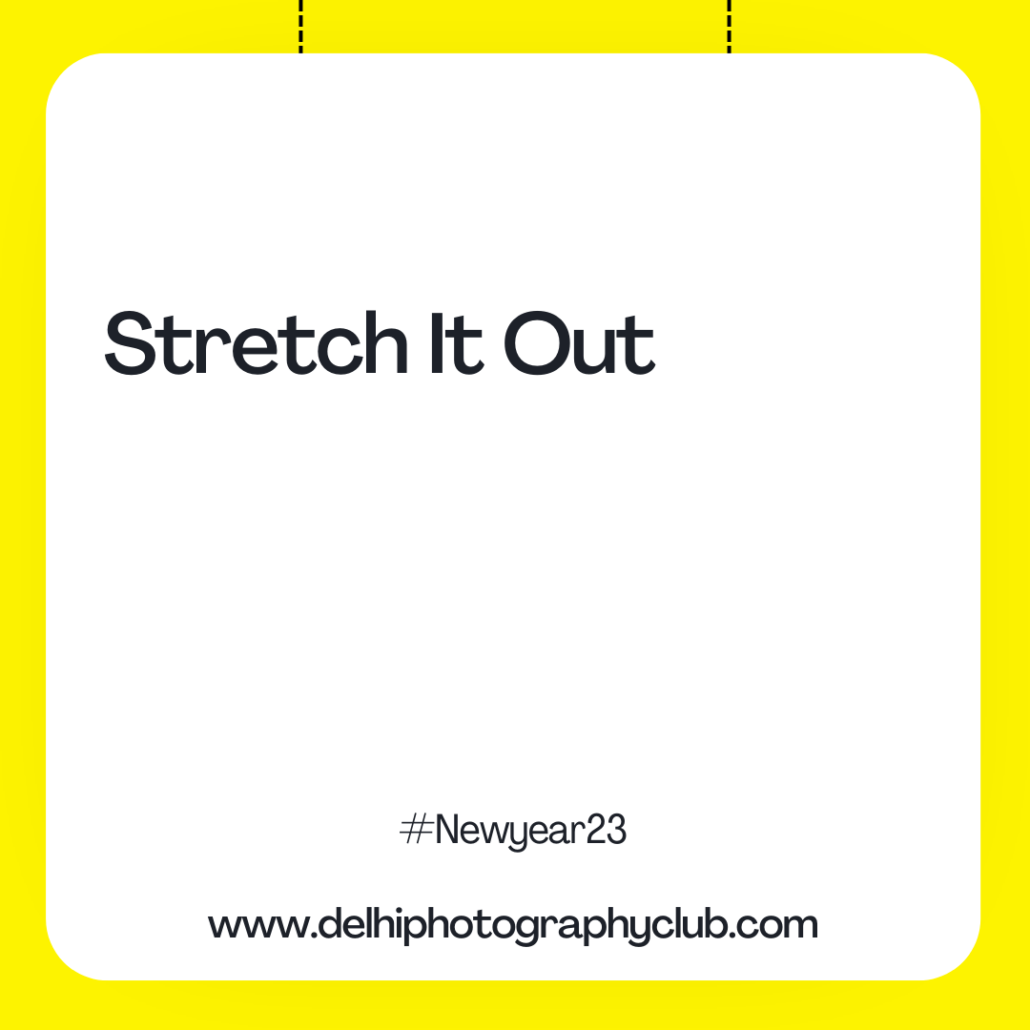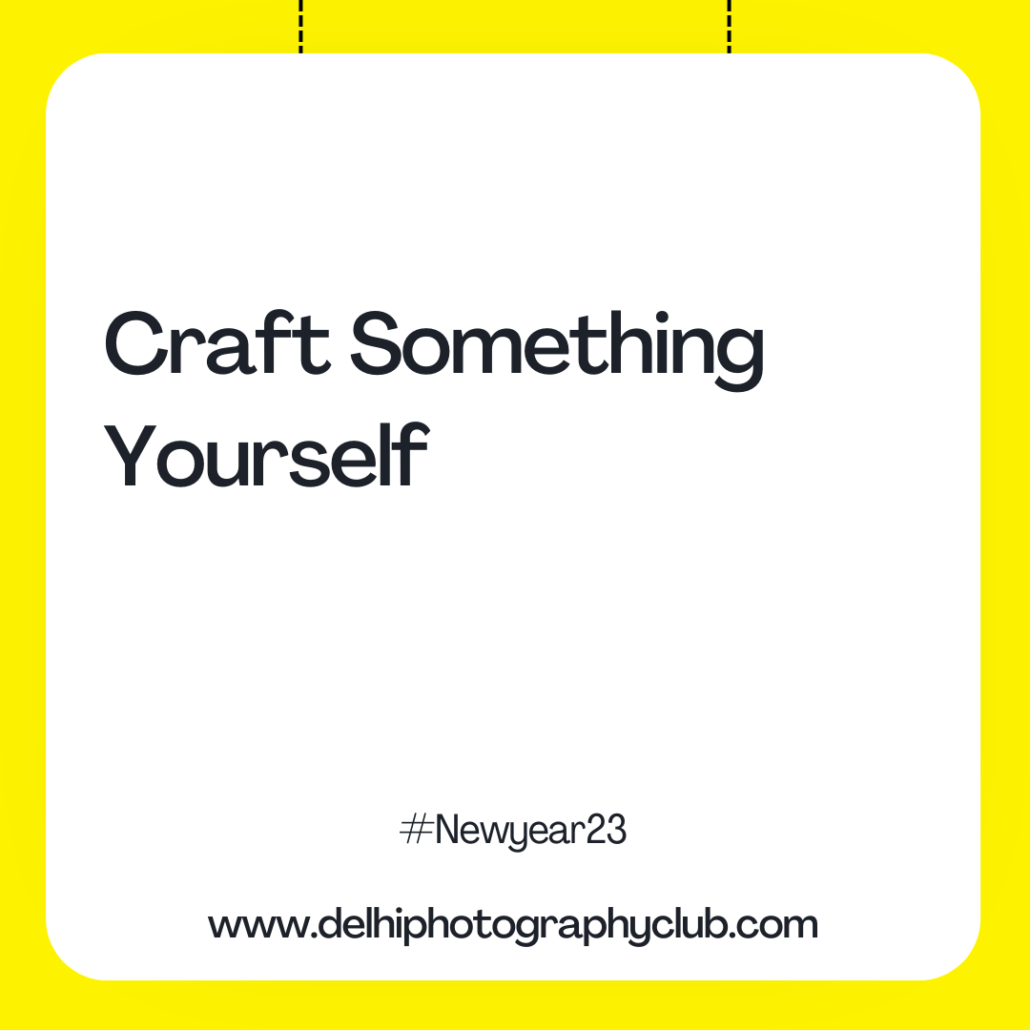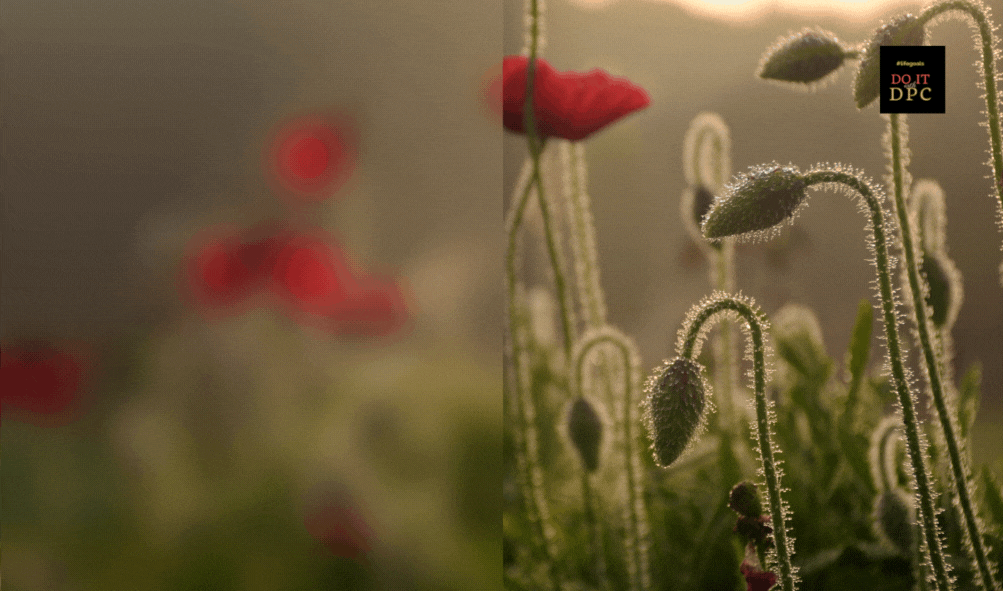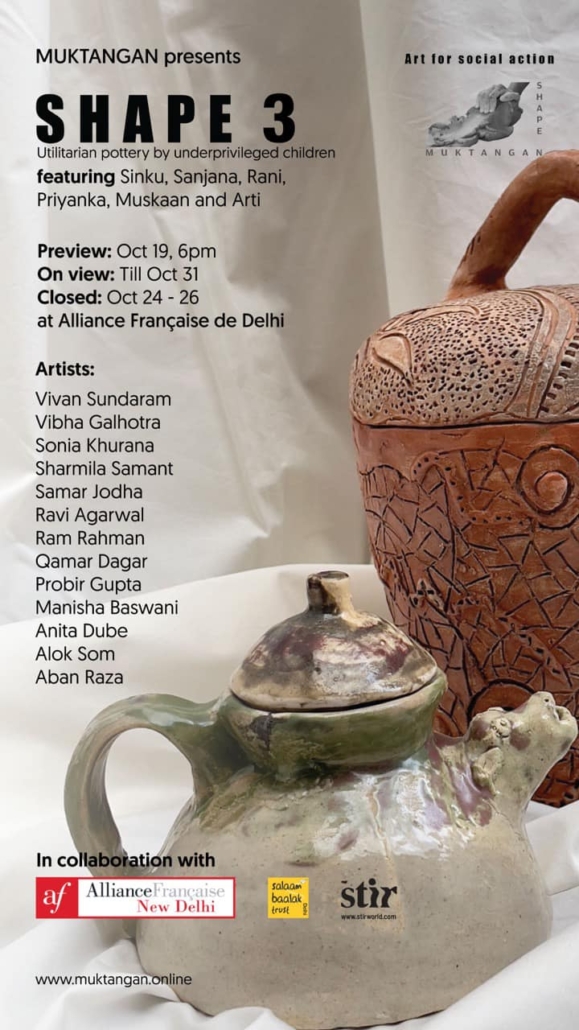Focal Points and Eye Snags in Photography
If you’re having trouble identifying the best way to photograph a scene, the best way to start is to pick a subject or focal point.
Using a Focal Point: sit back for a moment and imagine yourself sitting on the front porch of a house.
You’re looking out at the scene in front of you: there are trees, a street, two sidewalks and houses on the other side of the street.
As you look out, do your eyes continuously wander- nonstop?
No.
They come to rest: on a squirrel in the tree, a child bouncing a ball on the sidewalk, an old woman looking out a window. Sure, we’re looking at the entire scene.
But we look at the squirrel, rest, look at the child, rest, look at the woman, rest, and then continue on.
These are focal points – resting spots.

In photographic composition, we like to think of them as “anchors”. They keep the viewer’s eyes from wandering aimlessly, unsure of what to take in next.
A focal point is the part of an image that draws the eye of a viewer to the most important part of the image or the area that you want to highlight. How you do this will make or break the final image.
So how is this achieved? Here are a few techniques:
1 The rule of thirds
2 Selective focus
3 Exposure setup
4 Light source placement
5 Eye placement
6 and more
“Eye snags” must also be considered. Eye snags are focal points, but they are inadvertent and ill placed. Focal points are there on purpose. You placed them to anchor your viewer’s eyes in your photograph- usually near your subject.

Sometimes you will have two focal points and there will be competition, but, you can offset this by using size. One of the focal points must be considerably larger which will draw the eye but immediately your focus will move to the smaller focal point. If they are the same size the viewer’s eyes will dart between them. Care must be taken when using a double focal point.
In general, photographs will have one focal point. Sometimes the focal point is the subject, and sometimes the focal point merely supports the subject.
A focal point is essential to any great image. An image lacking this will appear flat and without impact. As you learn digital photography it will become easier and easier to place it in the right position.








